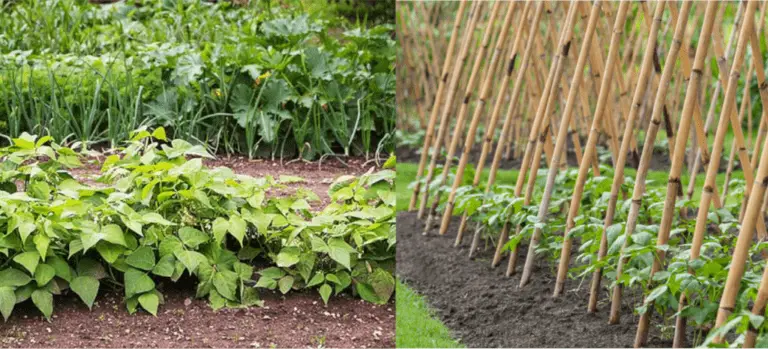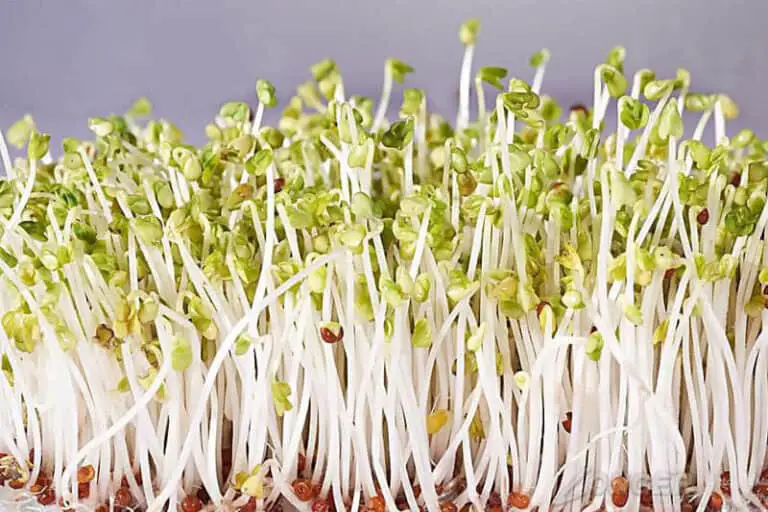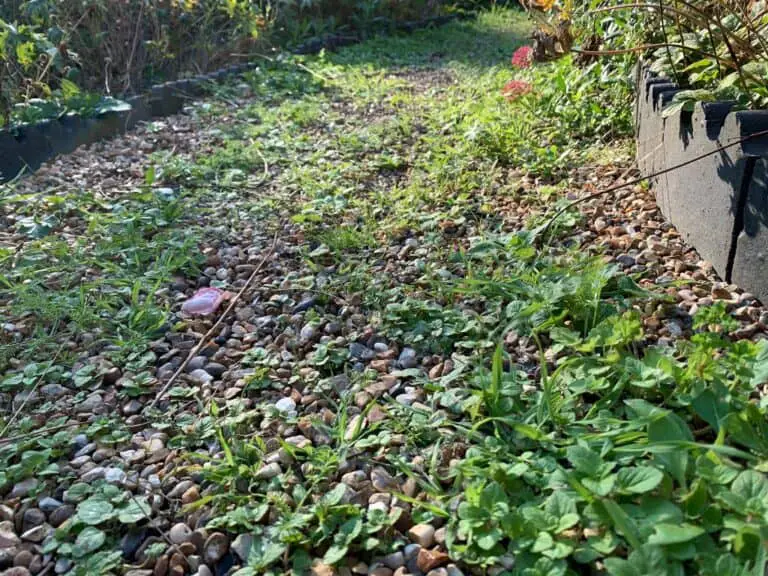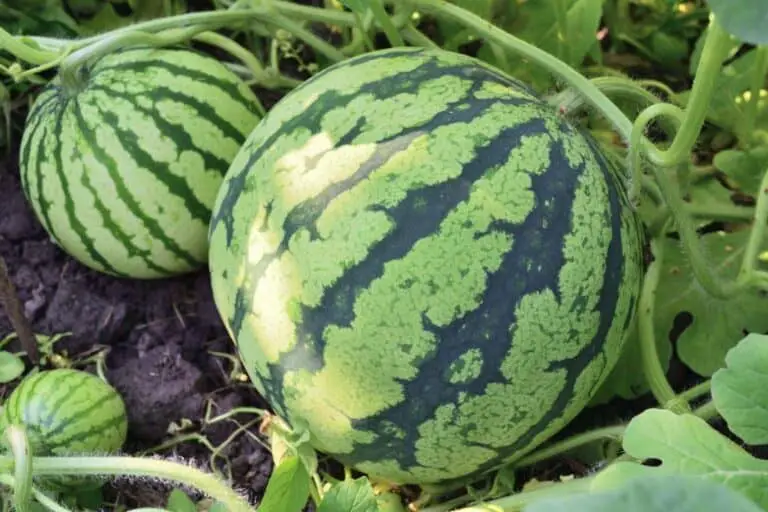How Seedless Watermelons Are Made: Are They Hybrid and Natural?
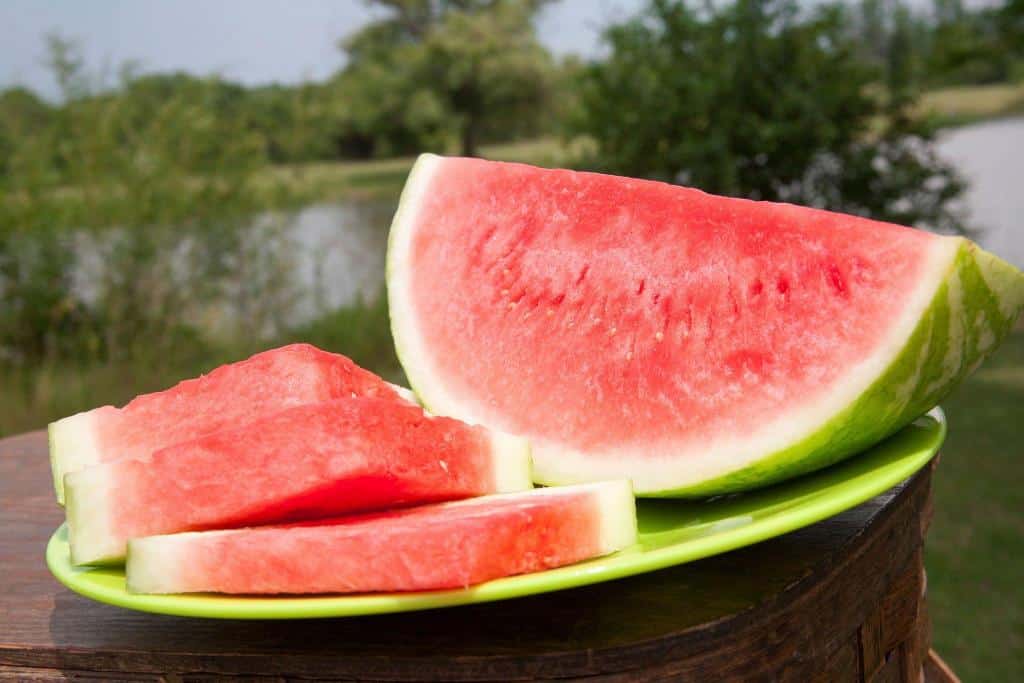
Watermelons are a quintessential summertime delight, known for their juicy, refreshing sweetness. Among the various types of watermelons, one particular variety has gained significant popularity in recent years: the seedless watermelon.
These fruits, as their name suggests, lack the pesky seeds that many of us grew up spitting out during warm summer picnics. But how are these seedless watermelons made? Are they a result of natural processes, or do they involve genetic engineering?
In this article, we’ll dive deep into the fascinating world of seedless watermelons to unveil the truth behind their creation.
Understanding Seedless Watermelons
Seedless watermelons, those luscious, crimson orbs of summer delight, are the stuff of picnics and poolside gatherings. But what makes them so special, and how are they different from their seeded counterparts?
Let’s dive into the fascinating world of seedless watermelons to uncover the secrets behind their creation and their growing popularity.
Definition and Genetic Background
Seedless watermelons, as the name implies, are a variant that’s almost entirely devoid of those pesky black seeds. But how do they come to be? It’s all about genetic trickery.
Traditional watermelons rely on natural pollination to produce seeds, but seedless watermelons are the result of human intervention. They’re created through a process called polyploidy, where watermelon plants are engineered to have three sets of chromosomes (triploid), making it challenging for them to produce fully developed seeds.
This means that while they may have a few small, soft, and edible seeds, they’re predominantly seedless, creating a more seamless eating experience.
Types of Seedless Watermelons and Their Characteristics
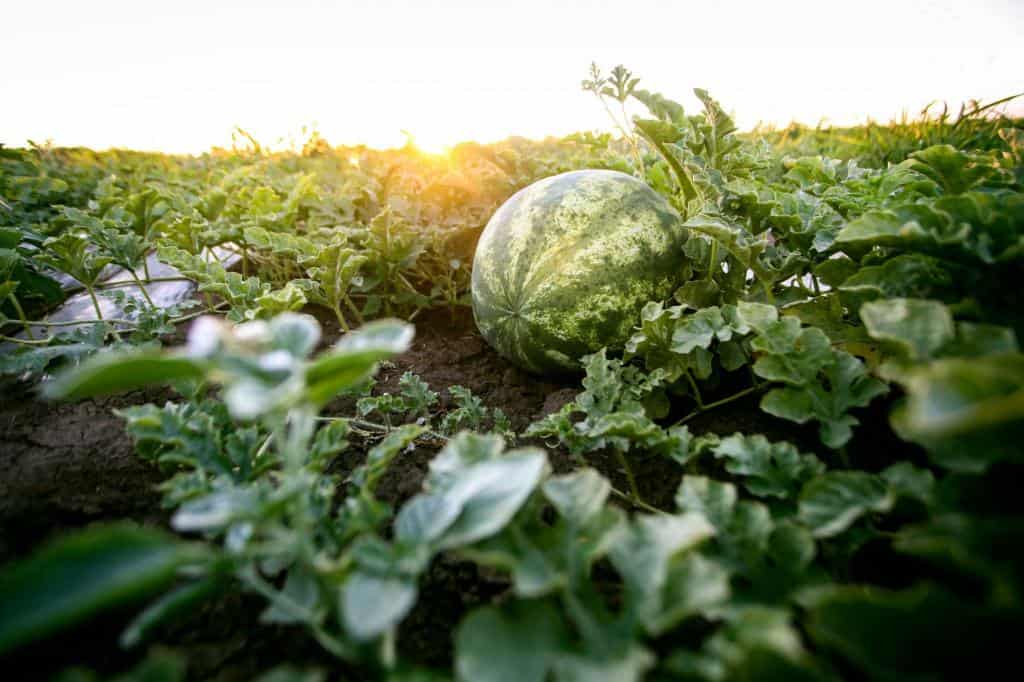
Seedless watermelons come in a variety of shapes, sizes, and flavors, catering to diverse preferences. Some of the popular types include:
- Crimson Sweet: These are known for their classic watermelon flavor and boast deep red flesh.
- Sugar Baby: Compact in size, they’re perfect for individual servings and boast sweet, juicy flesh.
- Yellow Doll: With bright yellow flesh, they offer a unique taste and appearance.
- Queen of Hearts: These are oval-shaped seedless watermelons with a sweet, juicy flavor.
Importance and Market Demand
Why should you care about seedless watermelons? For starters, they’re a culinary joy, offering improved taste, reduced prep time, and versatility in the kitchen. They’re cleaner too, reducing the need for seed-spitting contests.
These advantages have led to growing market demand. Today, seedless watermelons are a summertime staple, gracing picnic tables and supermarket shelves across the world. As consumers increasingly value convenience and quality, the demand for seedless watermelons continues to rise, making them a star in the world of fresh produce.
So, the next time you enjoy a slice of seedless watermelon, savor the science and innovation that went into creating this delightful summer treat.
How Seedless Watermelons Are Made
Seedless watermelons, those juicy icons of summer, aren’t a product of nature’s whim but rather a result of the artful manipulation of genetics. To understand their creation, let’s dive into the intriguing process that brings these seed-free delights to our tables.
Explanation of the Hybridization Process
Seedless watermelons are a product of meticulous hybridization, where plant breeders manipulate watermelon plants to produce fruits without mature seeds. This process involves two types of watermelon plants: diploid (with two sets of chromosomes) and triploid (with three sets).
The diploid plants act as pollinators, transferring pollen to the triploid plants. However, the triploid plants, with their extra set of chromosomes, face challenges when it comes to producing viable seeds. While they may form seeds, these are typically underdeveloped and inedible, resulting in the predominantly seedless nature of these watermelons.
Role of Selective Breeding in Seedless Watermelon Production
The creation of seedless watermelons is a testament to the power of selective breeding. Unlike genetically modified organisms (GMOs), seedless watermelons are not the product of splicing genes in a lab. Instead, they result from a carefully orchestrated breeding process.
This technique, known as “polyploidy,” involves the modification of chromosome numbers to create a sterile environment for seed development, resulting in the growth of seedless fruits that are perfect for consumption.
Comparison Between Natural and Artificial Methods
The stark difference between seedless watermelons and their seeded counterparts lies in the process of seed production. While traditional watermelons rely on natural pollination for seed formation, seedless watermelons utilize human-guided cross-breeding to manipulate the genetic makeup of plants.
This human intervention doesn’t constitute genetic modification but rather an age-old technique of selective breeding. In essence, seedless watermelons are a triumph of human knowledge and innovation working in harmony with nature to offer a delightful and convenient eating experience.
Are Seedless Watermelons Natural or Hybrid?
To answer this question, we need to distinguish between the concepts of “natural” and “hybrid.” Seedless watermelons, in essence, are the result of human intervention in the natural processes of plant breeding.
They are, therefore, a hybrid variety. This means that they don’t occur in the wild or as a natural mutation; rather, they are carefully cultivated by crossing specific types of watermelon plants.
Advantages of Seedless Watermelons
Now that we’ve uncovered the science behind seedless watermelons, let’s explore some of the advantages of cultivating these delightful fruits:
- Improved Taste: With no seeds to contend with, eating seedless watermelons is a more pleasant and convenient experience. You can enjoy the sweet, juicy flesh without interruption.
- Reduced Prep Time: Seedless watermelons require minimal preparation. There’s no need to painstakingly remove seeds before enjoying your fruit. Simply slice, bite, and relish.
- Less Mess: Seedless watermelons generate fewer seed spitting contests, making them a cleaner and more civilized option for picnics and family gatherings.
- Versatile Usage: The absence of seeds means you can easily incorporate seedless watermelon into a variety of culinary creations, from fruit salads to smoothies.
- Consistency: With seedless watermelons, you can expect a consistent taste and texture. Say goodbye to the unpredictability of biting into a bitter seed.
How to Grow Seedless Watermelons
Here is a brief guide to help those who are interested in growing their own seedless watermelons:
- Select the Right Seeds: Purchase triploid seedless watermelon seeds from a reputable supplier. These are the ones that will give you the best chance of growing seedless fruit.
- Plant in the Right Conditions: Plant your seeds in well-draining soil with plenty of sunlight. Make sure to provide ample space for the plants to grow.
- Pollenizers: You’ll need to plant diploid watermelon plants nearby to provide pollen for the triploid plants. The two types of plants should flower at the same time for successful pollination.
- Care and Maintenance: Regular watering, fertilizing, and pest control are essential to ensure healthy growth. Remember to provide support for the fruit as it develops to prevent it from touching the ground.
- Harvesting: Once your seedless watermelons are ripe, harvest them by gently twisting the fruit from the vine. They should sound hollow when tapped and have a uniform color.
In Conclusion
Seedless watermelons, while not naturally occurring, have become a beloved summer staple through the careful craft of horticulture. These delightful fruits offer an array of advantages, from improved taste and convenience to versatility in the kitchen.
So, the next time you bite into a sweet, seedless watermelon, you can appreciate the fascinating science and artistry that went into making your summertime snack a reality. Whether you grow your own or simply enjoy them at a picnic, seedless watermelons are a testament to the synergy of human innovation and the wonders of nature.
As we conclude our journey into the world of seedless watermelons, it’s worth noting that the creation of these delectable fruits exemplifies the intricate balance between scientific knowledge and the preservation of nature’s gifts.
The hybridization process that produces seedless watermelons serves as a reminder of how we can harness our understanding of genetics and biology to enhance our food supply without resorting to genetic modification.
So, the next time you find yourself at a summer gathering, savoring a slice of seedless watermelon, you can appreciate the remarkable journey that brought it to your plate. These sweet, seed-free fruits are a testament to our ability to work in harmony with nature to create a more enjoyable and convenient culinary experience.
FAQs on Seedless Watermelons: Hybrid or Natural?
How are seedless watermelons different from regular watermelons?
Seedless watermelons lack mature seeds, resulting in a smoother texture. Seedless watermelon has a sweeter taste compared to seed varieties. Regular watermelons have visible, mature seeds that can affect the overall texture and taste.
Are seedless watermelons safe to eat?
Yes, seedless watermelons are safe to eat. They are produced through natural hybridization techniques or selective breeding, and there is no evidence to suggest any safety concerns associated with their consumption.
What is the role of pollination in seedless watermelon production?
Pollination is crucial in seedless watermelon production as it involves the transfer of pollen from male flowers to female flowers, triggering the growth of seedless fruits. However, the resulting fruits do not contain viable seeds.
Can you grow seedless watermelons at home?
Yes, it’s possible to grow seedless watermelons at home. By ensuring proper pollination techniques, providing optimal growing conditions, and selecting appropriate seedless watermelon varieties, home gardeners can enjoy a successful harvest.
Are there any health benefits to consuming seedless watermelons?
Seedless watermelons are rich in vitamins A and C, antioxidants, and lycopene, offering various health benefits, including improved heart health, hydration, and enhanced immune function.
What are the potential long-term effects of widespread cultivation and consumption of seedless watermelons on the agricultural landscape?
Widespread cultivation and consumption of seedless watermelons could impact biodiversity, soil health, and crop diversity. Implementing agroecological practices, preserving heirloom varieties, and promoting crop rotation can help maintain agricultural balance and sustainability.

